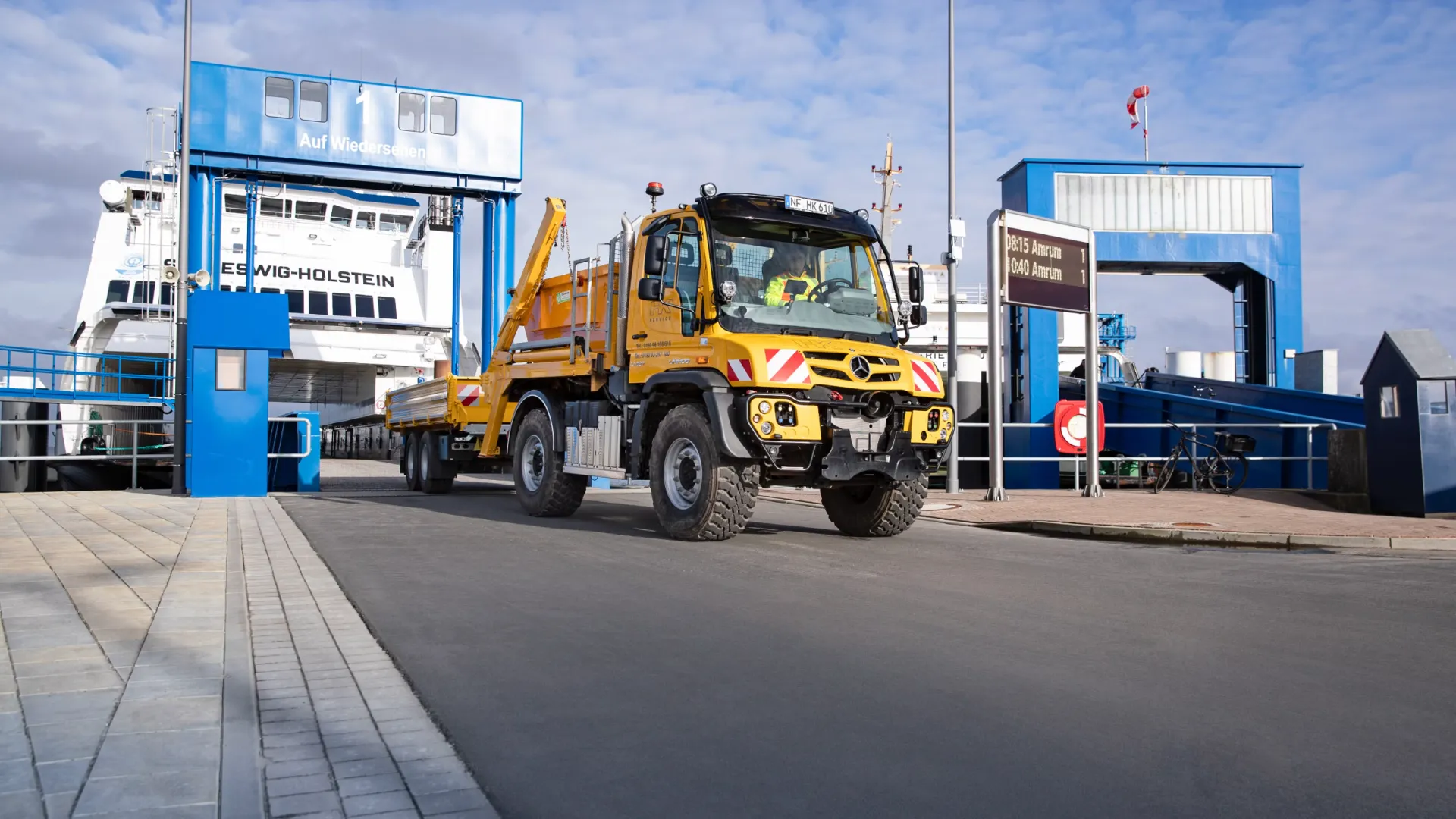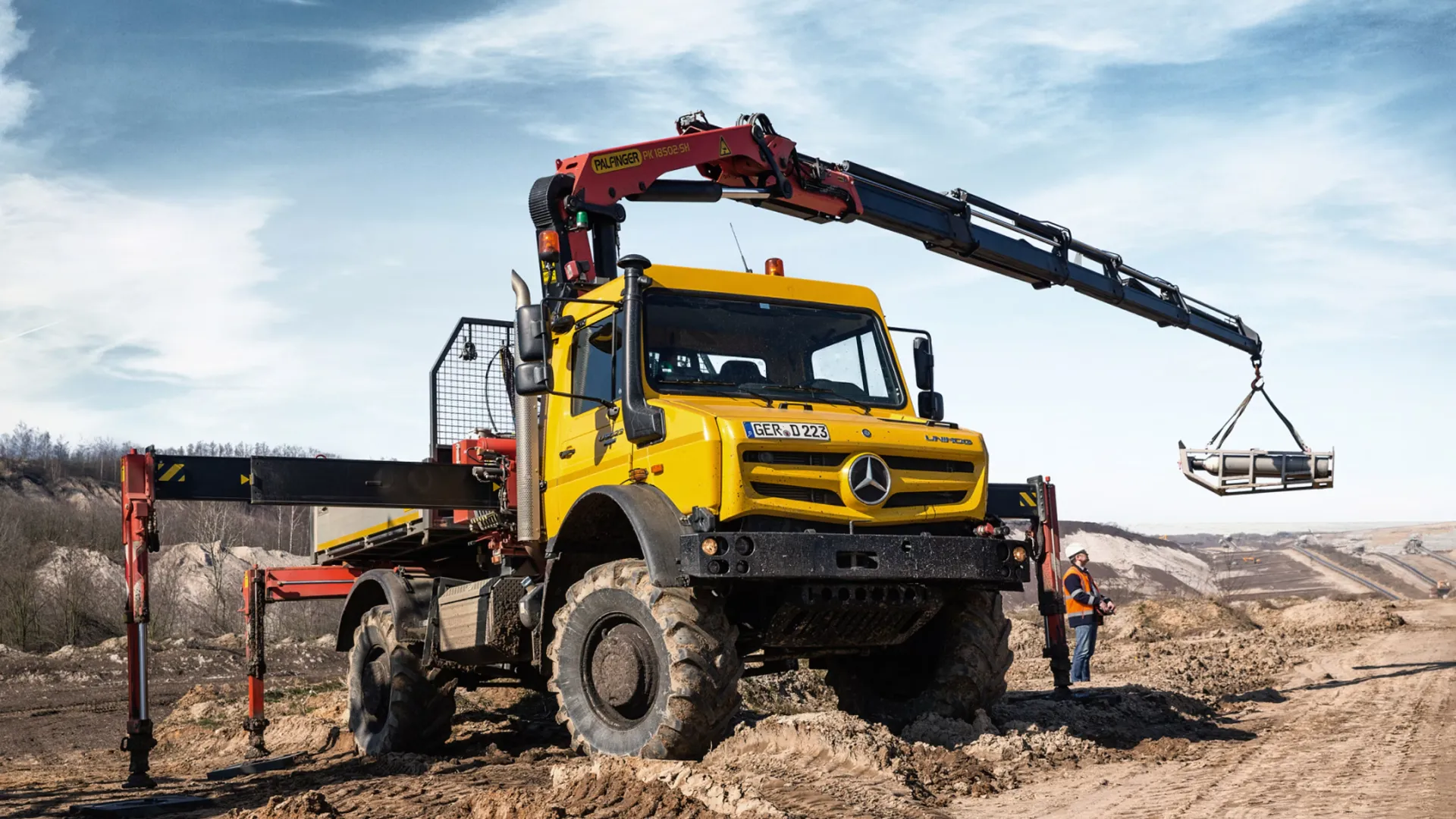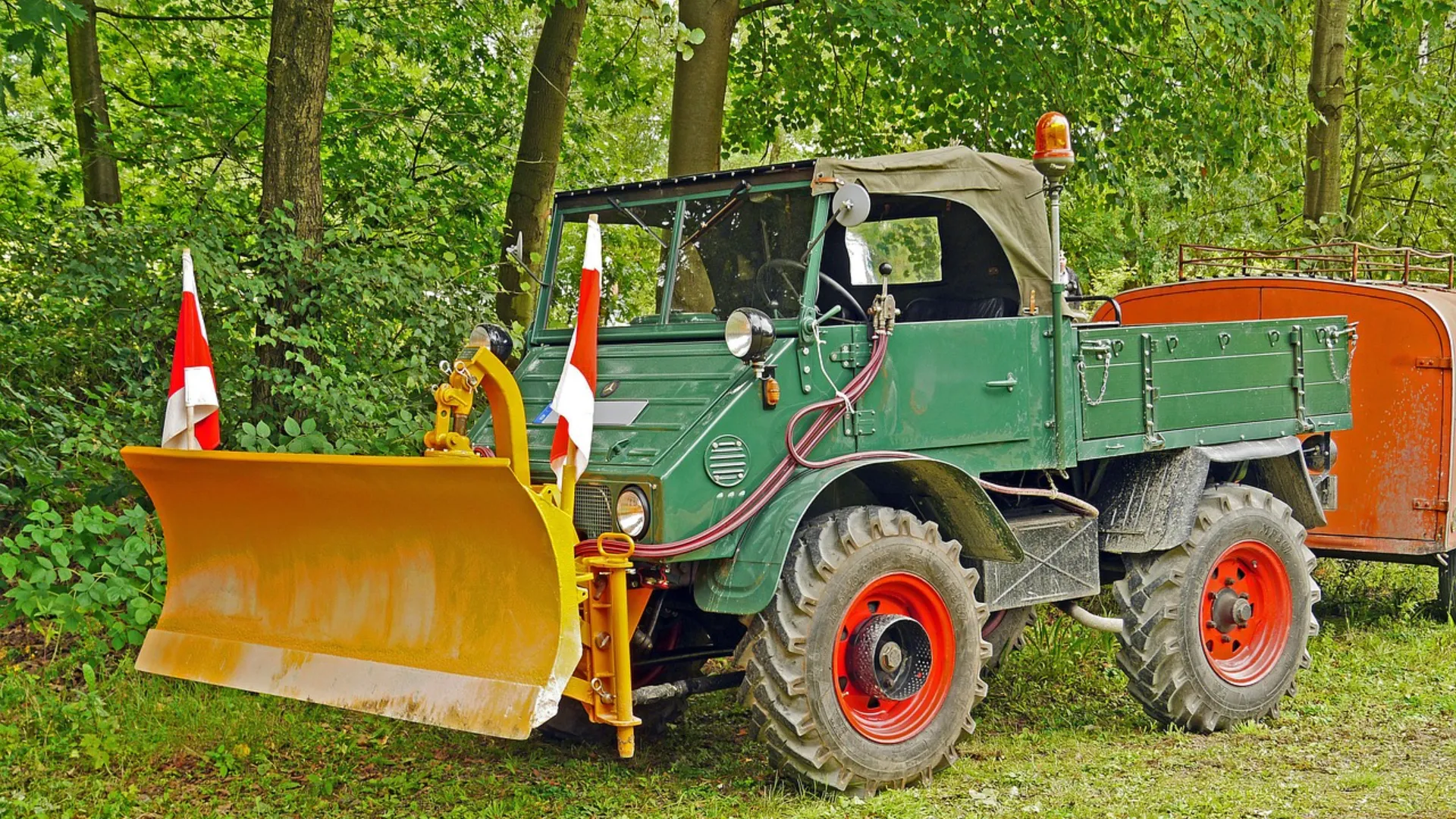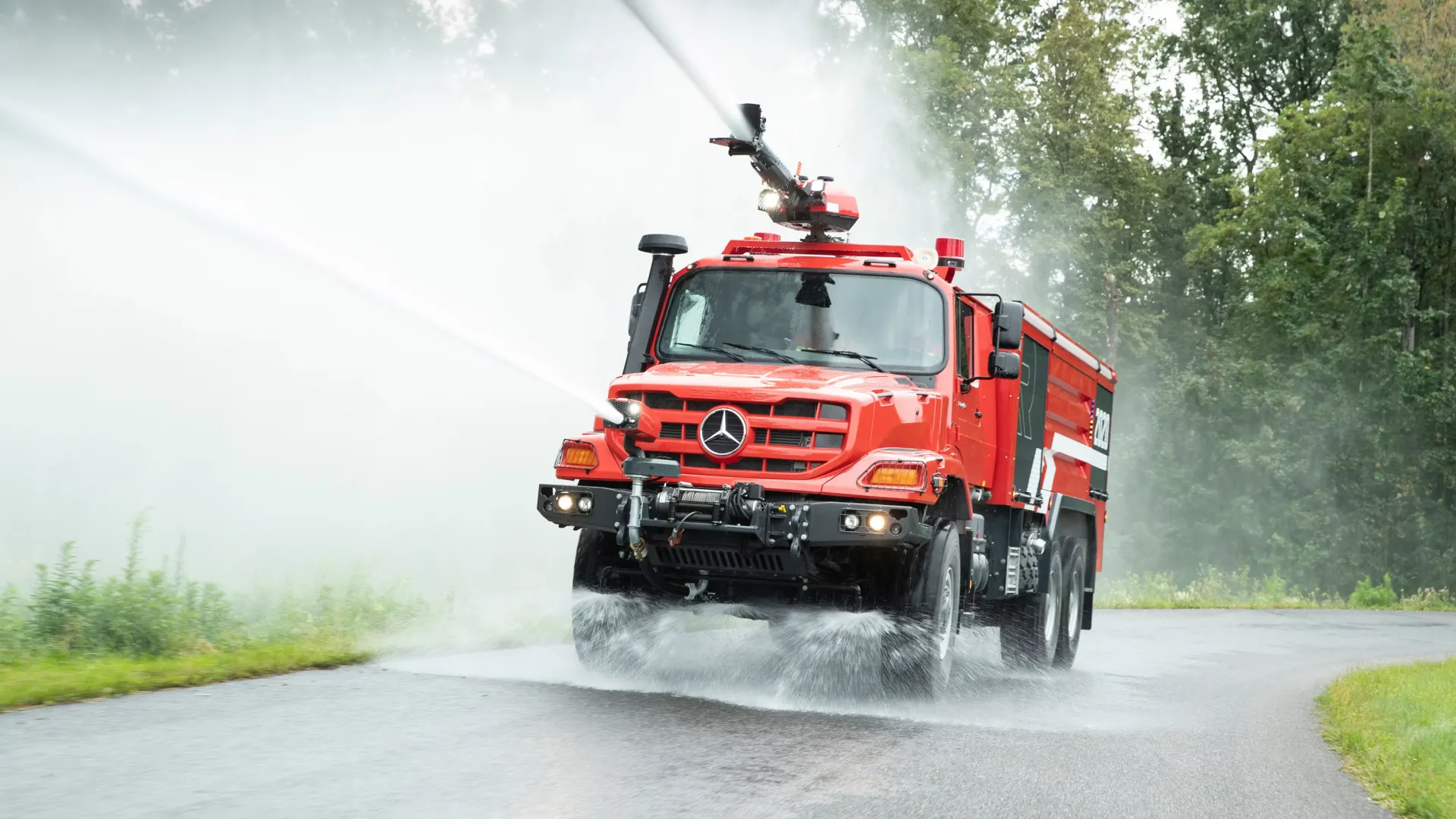
Unimog Guide Part 2: The Engineering Genius
- Jackson Whitmore
- Automotive , Engineering
- August 19, 2025
Let’s get nerdy for a minute, shall we? Because what makes the Unimog truly special isn’t just its impressive history—it’s the mind-bending engineering that makes other off-roaders look like toys in comparison.
If vehicles were superheroes, the Unimog would be that annoying one with multiple superpowers while everyone else gets just one. Let’s peek under the hood (and underneath the chassis) to see what makes this beast tick.
Portal Axles: Why Unimogs Look Like They’re Wearing Platform Shoes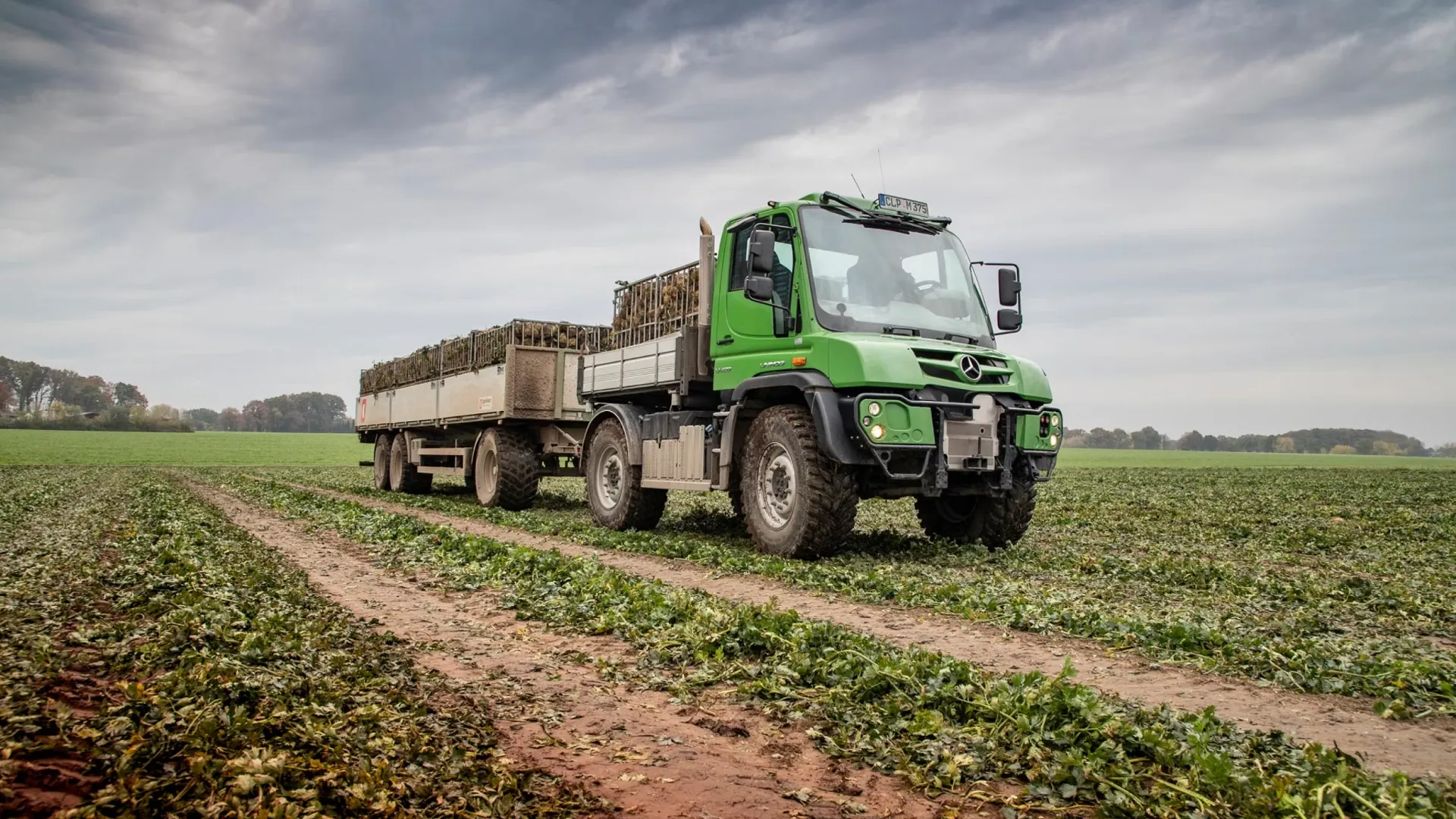
Ever noticed how a Unimog seems to be standing on tiptoes? That’s not just for show—those are portal axles, and they’re the secret sauce in the Unimog recipe.
Most vehicles have boring, conventional axles where the center of the axle lines up with the center of the wheel. Yawn. The Unimog? It said “hold my beer” and went with portal axles that use reduction gears to offset the axle tube and differential above the wheel center.
This seemingly simple tweak delivers game-changing advantages that translate to real-world benefits:
- Ridiculous ground clearance (up to 500mm/19.7"): While your buddy’s “lifted” truck is getting high-centered on a medium-sized rock, the Unimog is casually rolling over obstacles that would make other vehicles cry mechanical tears. The lowest point of the axle sits comfortably above the wheel centerline, like a snobby aristocrat who refuses to touch the ground. What this means for you: Access to remote areas without damage to critical components, the ability to cross terrain that would stop other vehicles, and fewer costly repairs from undercarriage impacts.
- Surprisingly low center of gravity: Here’s the magic trick—despite standing tall enough to look down on most vehicles, the Unimog’s weight stays relatively low. This means it can tackle steep slopes without doing the automotive equivalent of a backflip (which, trust me, is not as cool as it sounds when you’re inside the vehicle). What this means for you: Significantly improved safety on sidehills and slopes, reduced risk of rollovers in extreme terrain, and the confidence to tackle intimidating inclines.
- Built-in gear reduction: The portal axle design provides additional torque multiplication at the wheels, effectively giving you more pulling power without stressing the drivetrain. What this means for you: Better control at low speeds, improved towing capability, and the ability to extract yourself from situations that would leave other vehicles calling for a tow.
The engineers even threw in asymmetrically arranged axle differentials because, apparently, regular portal axles weren’t showing off enough. This quirky arrangement lets the Unimog step over obstacles with the grace of a mechanical ballerina—if ballerinas weighed several tons and could crush small cars. What this means for you: The ability to maintain forward progress even when diagonal wheels lose contact with the ground—a common situation in extreme off-road scenarios that would stop most 4x4s in their tracks.
Flexible Frame: The Twisty Backbone That Shouldn’t Work (But Does)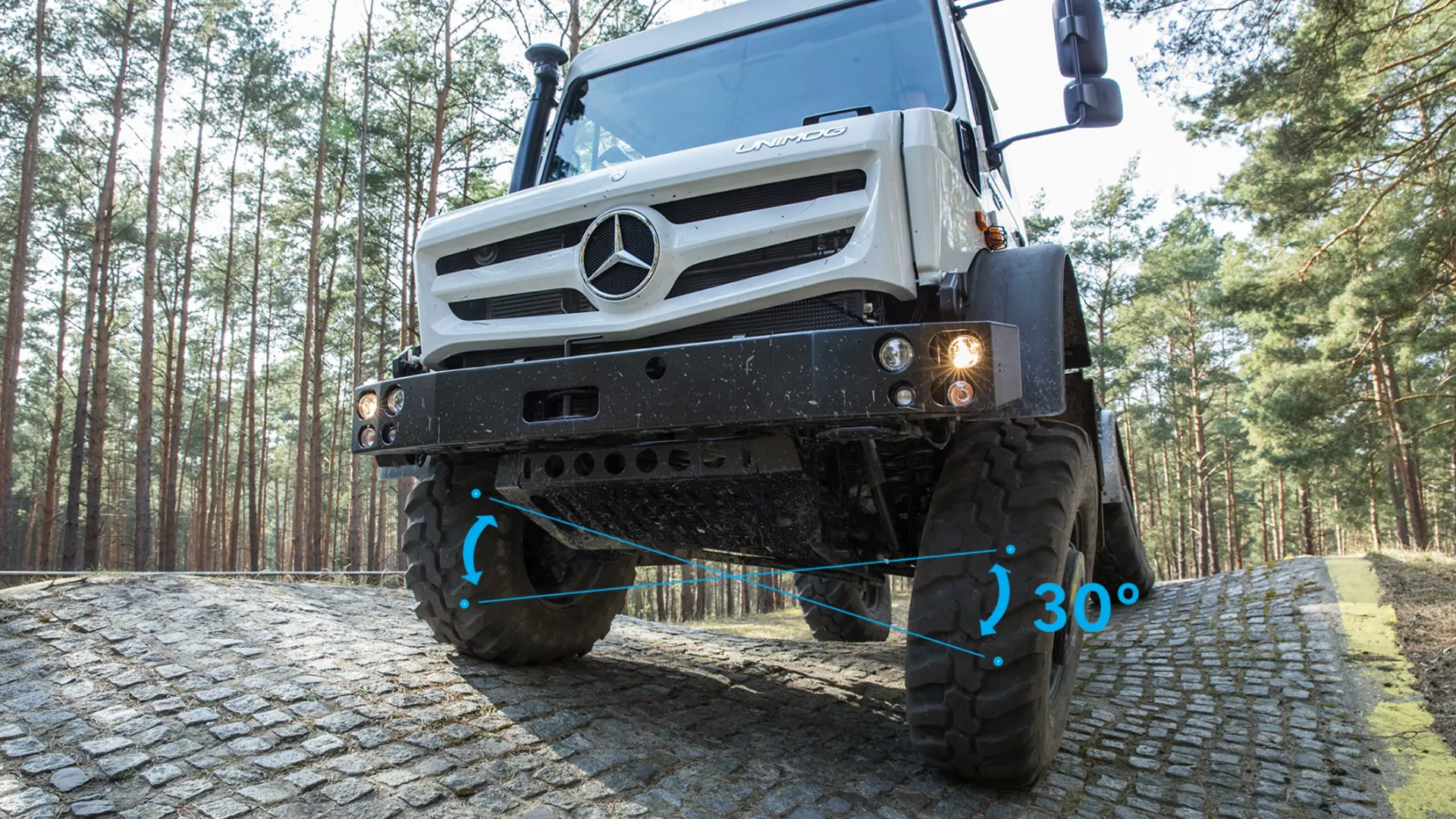
If you told most truck engineers you wanted to build a frame that flexes on purpose, they’d look at you like you’d suggested putting square wheels on their precious creation. But that’s exactly what makes the Unimog so special—it breaks all the rules and somehow comes out winning.
While other trucks boast about their rigid frames (weird flex, but okay), the Unimog proudly rocks a frame with more twist potential than a yoga instructor. It features a distinctive drop in the middle section that was originally just meant to hold a spare tire. But in a happy accident that rivals the discovery of penicillin (at least in the off-road world), engineers realized this quirky design dramatically improved the vehicle’s ability to twist and flex over uneven terrain.
This deliberate flexibility delivers tangible benefits that matter in real-world situations:
- Superior traction in extreme terrain: When you’re crawling over terrain so rough it would shake the fillings out of your teeth in any other vehicle, the Unimog keeps all wheels planted firmly on the ground. What this means for you: The ability to maintain forward progress where other vehicles would be spinning wheels helplessly, reducing the need for winching or recovery equipment.
- Reduced stress on components: The frame’s ability to flex absorbs impacts and twisting forces that would damage rigid frames. What this means for you: Longer component life, fewer broken parts, and lower maintenance costs over the vehicle’s lifetime.
- Enhanced operator comfort: The frame’s flexibility works as a supplementary suspension system, absorbing terrain impacts before they reach the cab. What this means for you: Reduced operator fatigue during long workdays and the ability to maintain higher speeds over rough terrain.
How extreme is this articulation? We’re talking up to 30 degrees of axle angle offset—far beyond what conventional trucks can achieve. For comparison, try twisting your body 30 degrees while keeping your feet planted. Now imagine doing that while carrying several tons of equipment. This capability isn’t just impressive—it’s the difference between completing a mission and calling for rescue.
Coil Spring Suspension: Because Comfort Matters (Even When You’re Conquering Mountains)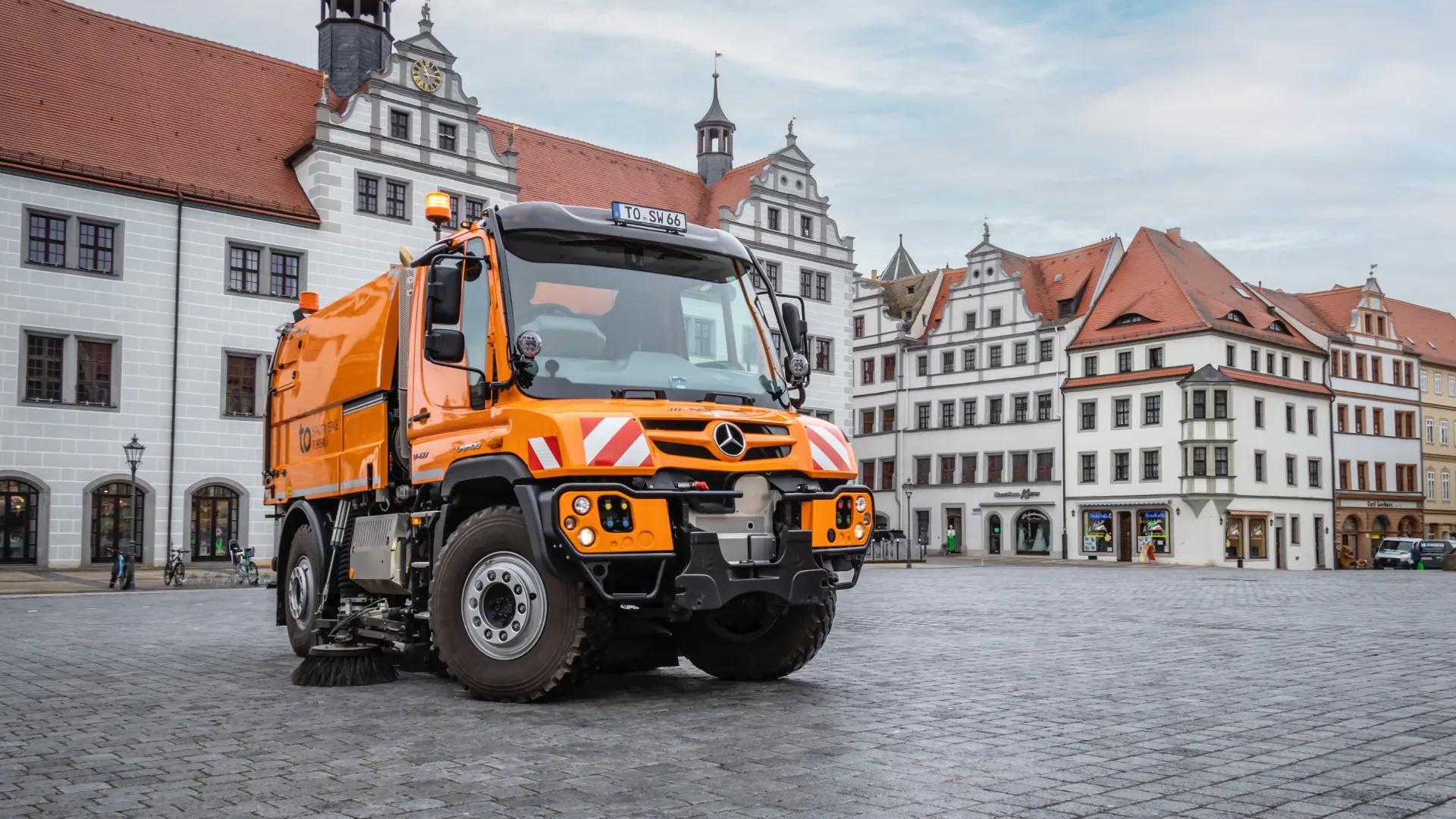
Most heavy-duty trucks use leaf springs—essentially the same technology that horse-drawn carriages used in the 1800s. I’m not joking. These metal strips are simple, robust, and about as comfortable as sitting on a washing machine during the spin cycle.
The Unimog? It said “nein, danke” to that nonsense and opted for coil springs with hydraulic shock absorbers instead. This isn’t just engineering snobbery—it provides dramatically more spring travel, allowing the wheels to bounce up and down like an enthusiastic puppy while maintaining contact with the ground.
But wait, there’s more! The suspension system gets extra fancy with torque tubes connecting the axles’ differential gearboxes to the main gearbox. These tubes are multitaskers—they house the drive shafts while also acting as suspension components. They prevent the axles from moving forward and backward (longitudinal movement) while still allowing them to move up and down. It’s like having strict parents who let you stay out late but only if you’re home by midnight—there are clear boundaries, but freedom within them.
The whole system is rounded out with panhard rods and transverse links that control side-to-side movement, creating a suspension setup that somehow manages to be both incredibly capable off-road and surprisingly comfortable on highways. It’s the automotive equivalent of finding a hiking boot that’s also comfortable enough to wear to dinner.
Differential Locks: Because Getting Stuck Is Not an Option
Ever been stuck in mud watching one wheel spin uselessly while the others do absolutely nothing? That’s what happens when you don’t have differential locks. The Unimog laughs at such peasant problems.
This beast comes packing not one, not two, but THREE individually engageable differential locks (front, rear, and center). It’s like having three secret weapons you can deploy whenever the terrain gets snippy with you. This setup delivers real-world benefits that transform capability into mission success:
- Progressive traction deployment: The ability to engage locks sequentially as conditions demand. What this means for you: You can adapt to changing terrain without stopping, maintaining momentum through challenging sections and preventing the need for recovery operations.
- 100% power to all wheels when needed: When fully locked, every wheel receives equal power regardless of traction conditions. What this means for you: The ability to extract yourself from situations that would leave other vehicles hopelessly stuck, eliminating costly recovery operations and minimizing downtime.
- Reduced drivetrain stress: By distributing power evenly, differential locks prevent the strain caused by wheels spinning at different speeds. What this means for you: Extended component life, fewer breakdowns, and lower maintenance costs over the vehicle’s lifetime.
- Precision control in extreme conditions: The ability to select exactly which differentials to lock based on the specific situation. What this means for you: Optimal traction with minimal impact on steering and handling, allowing safer navigation of dangerous terrain.
When you engage the front-wheel drive, both axles work together, providing maximum grip without any of that fancy torque compensation nonsense. Need even more traction? Just start engaging those diff locks in the recommended sequence (typically rear first, then center, then front) and watch as your Unimog transforms from “highly capable” to “are you kidding me right now?” levels of unstoppable.
It’s the vehicular equivalent of having backup plans for your backup plans. Stuck in mud? Engage rear diff lock. Still stuck? Add the center diff. STILL stuck? Engage the front diff and watch as physics itself seems to bend to your will. At this point, you’re basically driving a tank without the tracks (or the cannon, unfortunately)—but with the crucial ability to keep moving when everything else has stopped.
Tire Pressure Control: The Magic Button That Makes Your Tires Smarter Than Most Cars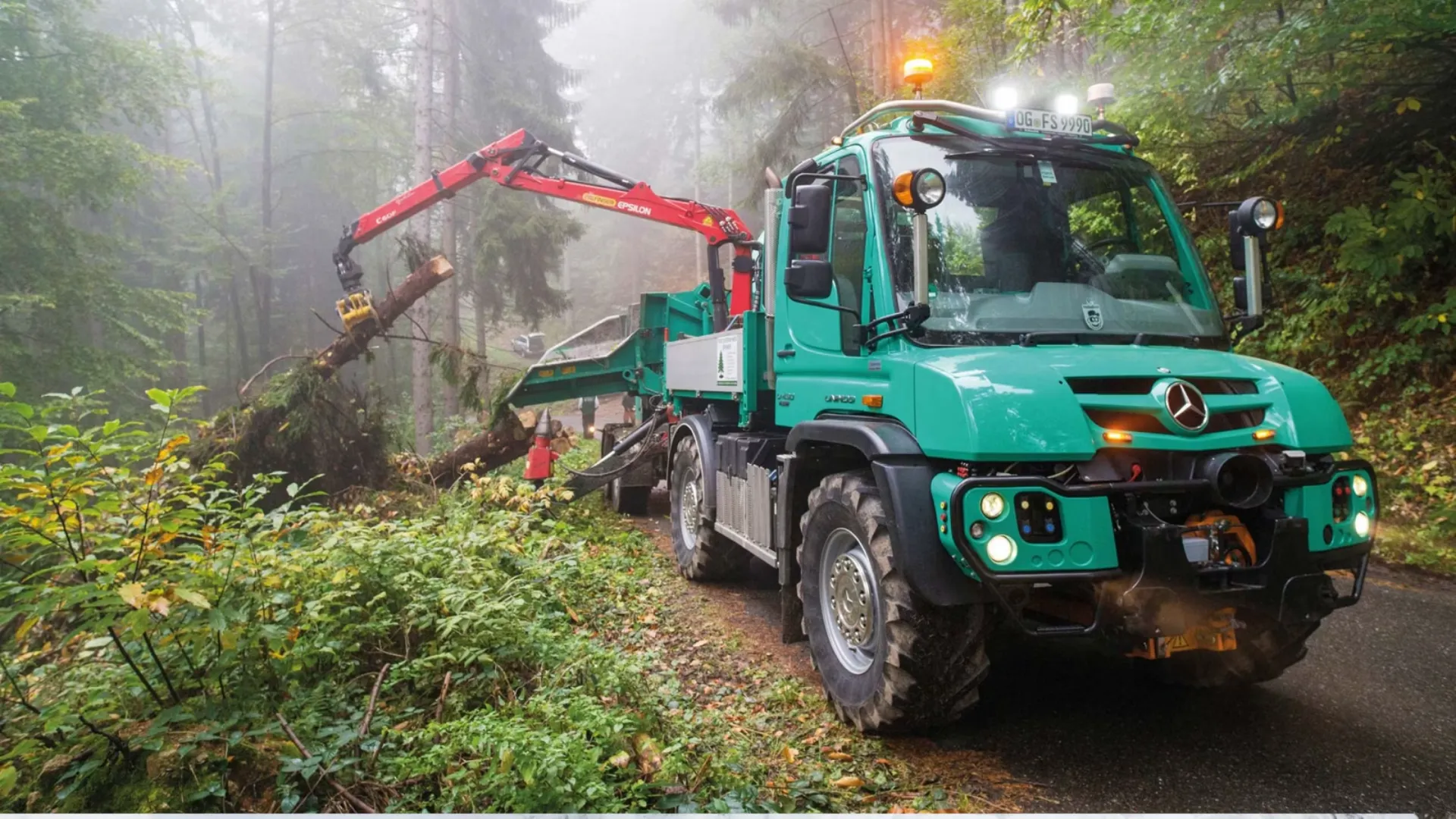
Imagine if you could adjust your shoe’s flexibility while walking from pavement to sand to mud. That’s essentially what the Unimog’s Central Tire Inflation System (CTIS) does, allowing operators to inflate or deflate tires on the fly without leaving the cab.
This isn’t just a cool party trick—it’s a game-changer that delivers tangible benefits in challenging conditions:
- Soft surfaces: Drop the pressure (as low as 0.8 bar/12 psi) for a wider footprint and better flotation on sand, snow, or mud. What this means for you: The ability to traverse soft terrain that would bog down fixed-pressure vehicles, reducing the risk of getting stuck and eliminating recovery time and costs.
- Hard surfaces: Pump them back up (to 4.5 bar/65 psi) for better fuel economy and handling on roads. What this means for you: Up to 15% improved fuel efficiency on highways and significantly reduced tire wear, extending tire life by thousands of kilometers.
- Rocky terrain: Find that sweet spot in between for the best grip on uneven surfaces. What this means for you: Reduced risk of tire punctures and sidewall damage, saving thousands in potential repair costs and preventing dangerous situations in remote areas.
- Rapid adaptation: Change pressures in minutes without stopping or exiting the vehicle. What this means for you: Maintain momentum through changing terrain conditions, crucial when navigating areas with mixed surfaces or when time is critical (like firefighting or rescue operations).
The system uses rotary connections at each wheel hub and an onboard compressor to make these adjustments possible while moving. Modern Unimogs feature preset terrain modes that automatically select the optimal pressure for different conditions, taking the guesswork out of the equation. It’s like having adaptive footwear for your truck—because one pressure definitely doesn’t fit all terrains, and the ability to adapt on the fly can mean the difference between success and failure in critical missions.
Also Read
- The Ultimate Guide to the MAMMOTION LUBA 2 AWD Robotic Lawn Mower
- Segway Xyber Electric Bike - The Future of Urban and Adventure Riding
- Solar Panels for Home: A Complete No-BS Guide for Homeowners
This is Part 2 of our comprehensive guide to the Mercedes-Benz Unimog.
- Previous: Part 1: A Legend is Born
- Next up: Part 3: A Tool for Every Job . We’ll explore the different Unimog models and their wide range of applications.


